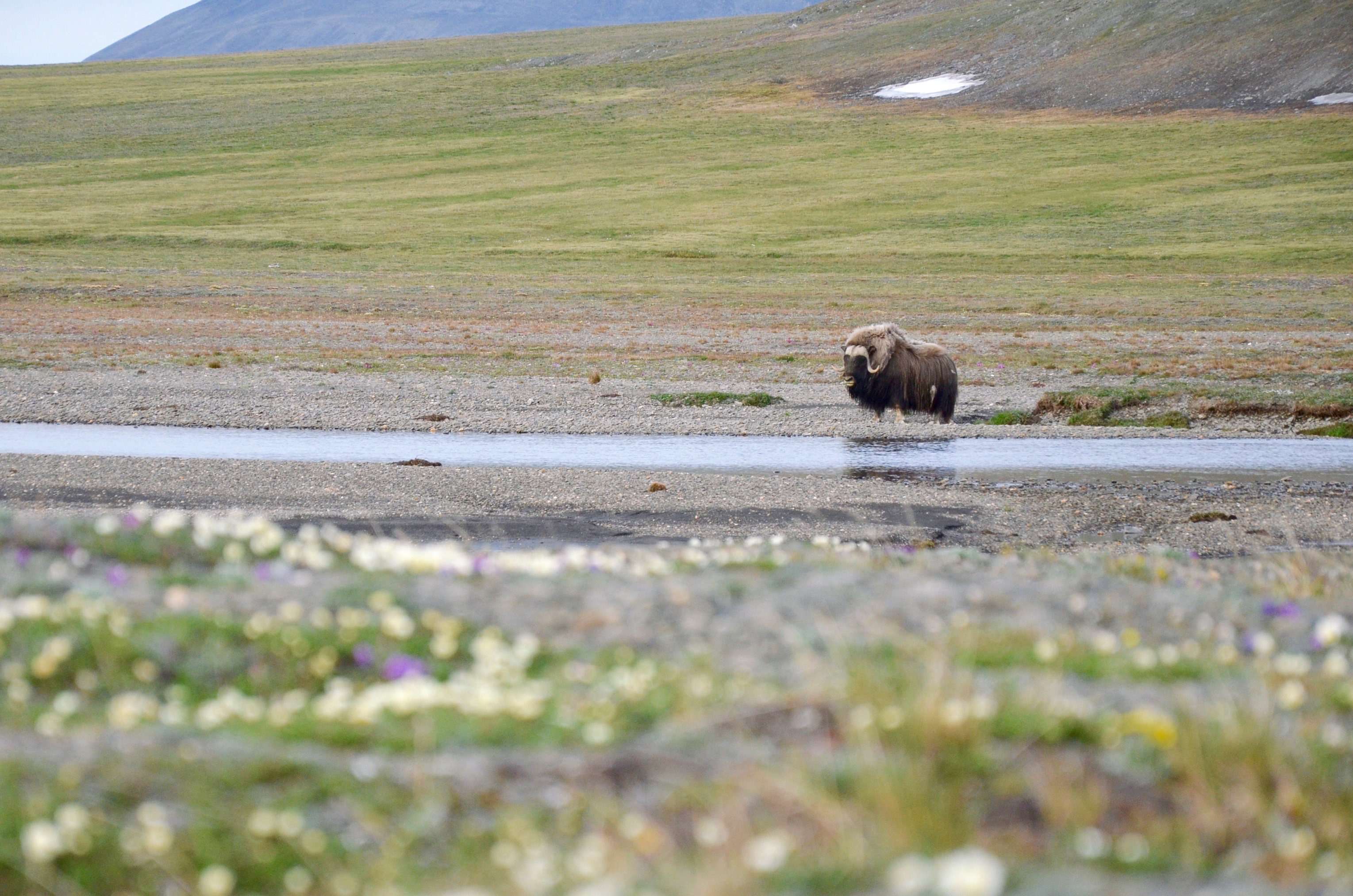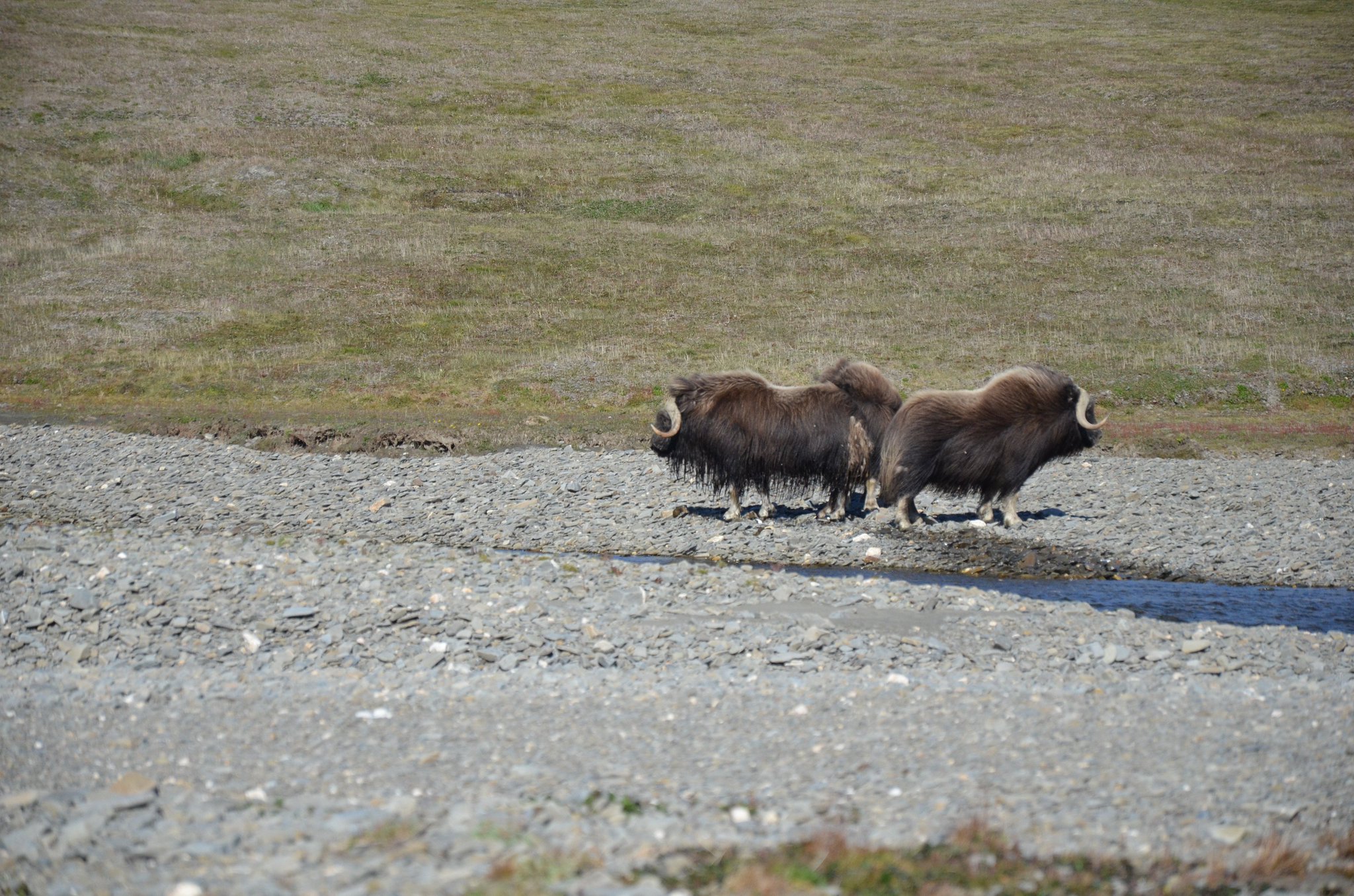UNLIKELY SURVIVORS
With this project I'm approaching the topic of extinction, and the same type of questions as I studied during my PhD on the woolly mammoths, from a completely opposite perspective - this time studying the unlikely survivors.

In many regards, muskoxen are similar to mammoths. They were successful Pleistocene megaherbivores, but for some reason muskoxen survived the end of the Ice Age and mammoths did not. Muskox faced many of the challenges that the mammoth did - drastic founder events, reduction of population size, adaptation to new, insular environment... Yet today the world population of muskoxen numbers around 130,000 individuals and is considered stable.
I'm going to analyze hundreds of muskox genomes to figure out why. Why did their story have a happy ending and is it really a happy ending or are there any skeletons in the closet hiding in their DNA in the form of genetic load?

I want to find out if DNA can tell us what makes some species go extinct and what makes other survive. To understand that, we need to not only study what precedes extinction, but also what are the factors that are key to survival. I hope to fill some of the blanks by studying these fascinating animals.
My postdoc is hosted by the Bioinformatics Centre at the University of Copenhagen where I work with Hans Siegismund and the Population Genetics group.
